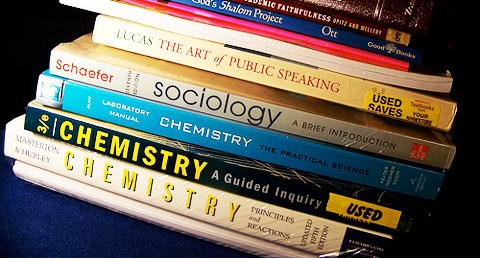Please check through the topics down and be sure it conform with the scheme you are using.
DEFINITION OF DATAThe term data means any basic fact which may be input into some processing system. A processing system is one where computations, comparisons and general manipulation of data are done. The processing may be people or machines e.g the computer.
EARLY MECHANICAL COUNTING/CALCULATING DEVICES Abacus Slide ruleEARLY ELECTRO-MECHANICAL COUNTING DEVICES John Napier bone Blaize Pascal machine Gottfried Leitbnitz machine Joseph Jacquard Loom Charles Babbage's analytical machine
FIRST GENERATIONAn electronic machine which was distinct from mechanical computers evolved about 1945. UNIVAC is a good example of this generation of computers.
GENERAL EVALUATION1.Differentiate between the first and second generation of computers.2.Which of the generation of computers uses microchips?3.Which of the generation of computers used VLSIC?4.What is non-procedural programming?
Computers can be classified by types into THREE major types. They are:DIGITAL COMPUTERANALOGUE COMPUTERHYBRID COMPUTER
Computers can be generally categorized into four, namely: Supercomputers Mainframe computers Mini computers Microcomputers
Digitalization is the process of converting information into digital format. This information may represent an object, image, sound, document or signal (usually an analogue signal) organized into a discrete set of points or samples. This is the binary data that computers and many devices with computing capacity (such as digital cameras and digital hearing aids) can process.
COMPONENTS OF A COMPUTER SYSTEMA computer system consists of three main parts otherwise called components. They are : Hardware Software Peopleware
INTRODUCTIONICT has turned this world into a global village. Apart from communication, that is, reaching people both far and near; it has also made the work easier and better.Better productivity, salaries, health care and even farming and education.

